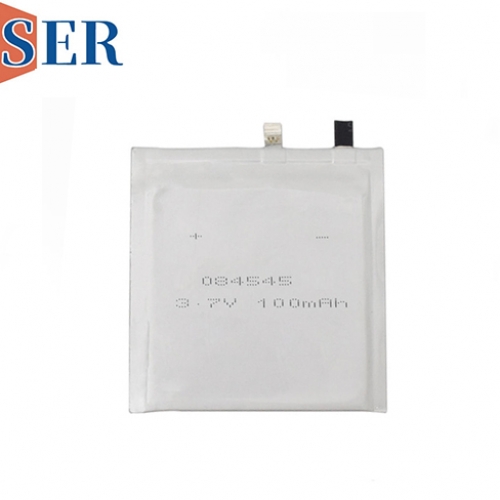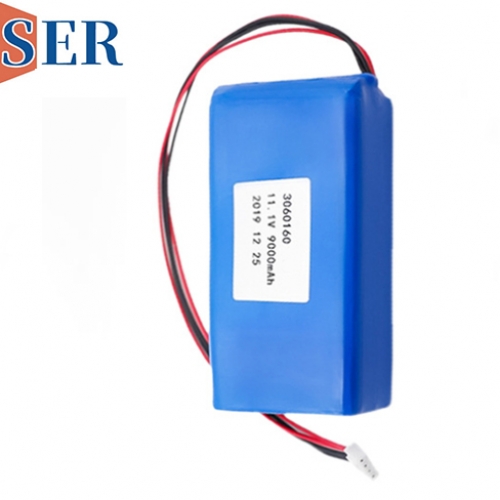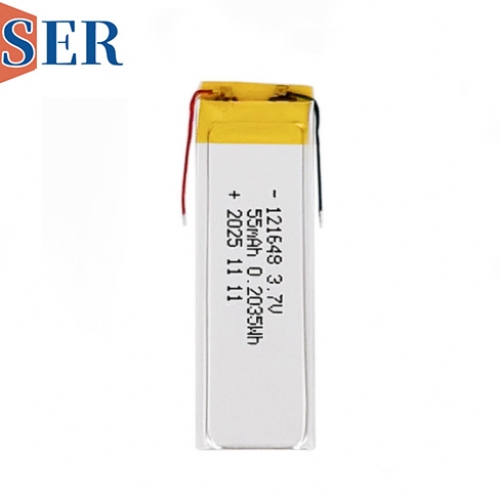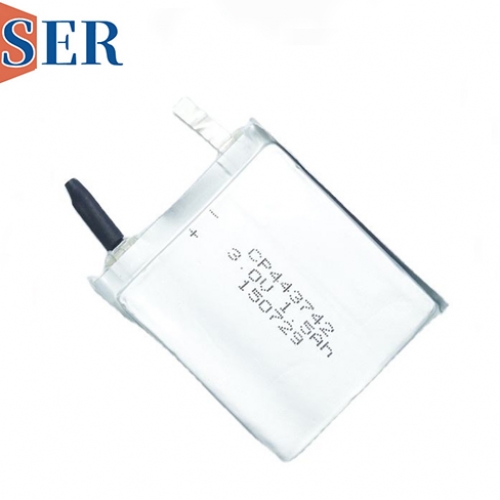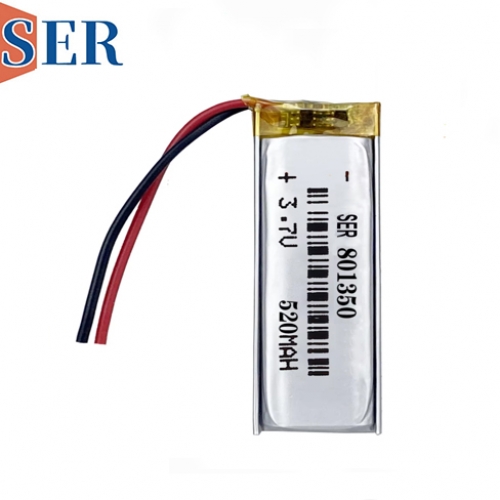Lithium Manganese Dioxide Soft-Packaged Batteries in Active Smart Cards
Lithium Manganese Dioxide Soft-Packaged Batteries in Active Smart Cards
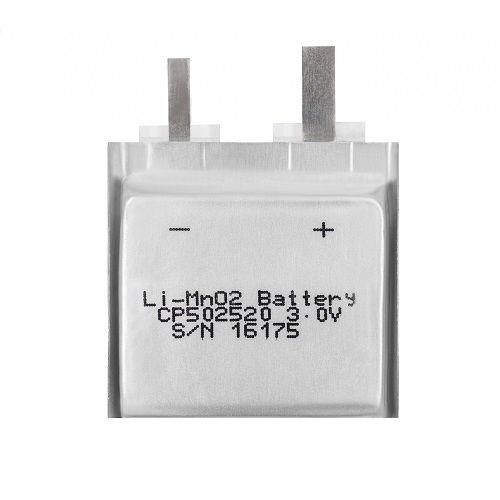
Abstract
In the ever-evolving landscape of portable electronic devices and active smart card technologies, the quest for efficient, reliable, and compact power sources has become paramount. Lithium manganese dioxide (Li-MnO₂) soft-packaged batteries have emerged as a game-changer, offering a multitude of advantages that significantly enhance the performance and versatility of active smart cards. This article delves into the unique features of Li-MnO₂ soft-packaged batteries, their impact on the longevity and design of active smart cards, and their widespread applications across various industries, including RFID and smart card domains.
1. Introduction
The advent of active smart cards has revolutionized numerous sectors, from retail to transportation and logistics. These cards, equipped with integrated circuits and powered by batteries, enable a range of functionalities such as contactless payment, inventory tracking, and environmental monitoring. However, the success of active smart cards hinges on the performance of their power sources. Traditional battery technologies often fall short in meeting the demands for compactness, longevity, and environmental resilience. Enter Li-MnO₂ soft-packaged batteries, a novel solution that addresses these challenges head-on.
2. Enhancing Active Smart Card Performance
2.1 Extended Lifespan
One of the most significant contributions of Li-MnO₂ soft-packaged batteries to active smart cards is their ability to extend the card's operational lifespan. These batteries boast a high energy density, which means they can store more energy in a smaller volume compared to other battery types. This characteristic is crucial for active smart cards, as it allows them to operate for extended periods without requiring frequent battery replacements. The longevity of these batteries reduces maintenance costs and enhances user convenience, making them ideal for applications where continuous operation is essential.
2.2 Compact Design
The compactness of Li-MnO₂ soft-packaged batteries is another key factor in their adoption for active smart cards. These batteries are designed to be small, thin, and lightweight, enabling the integration of smart cards into increasingly slimmer and more portable form factors. The reduction in battery size and weight not only contributes to the card's aesthetic appeal but also enhances its portability, allowing users to carry it effortlessly in wallets or pockets. This compact design also opens up new possibilities for smart card applications, such as integration into wearable devices or embedding within other small-scale electronics.
2.3 Broader Environmental Adaptability
Active smart cards are often used in diverse environmental conditions, ranging from extreme temperatures to high humidity and vibrations. Li-MnO₂ soft-packaged batteries excel in these scenarios, offering stable performance across a wide temperature range (-20°C to +60°C or even wider, depending on specific formulations). Their robust construction and full-seal design prevent leakage, ensuring safety and reliability even in harsh environments. This adaptability makes them suitable for applications such as cold chain logistics, where temperature monitoring is critical, and in transportation systems like Electronic Toll Collection (ETC) On-Board Units (OBUs), which must function reliably in varying weather conditions.
3. Unique Features of Lithium Manganese Dioxide Soft-Packaged Batteries
3.1 High Energy Density
Among all battery types, thin-film Li-MnO₂ batteries stand out for their exceptional energy density. This means they can deliver a significant amount of power relative to their size and weight. For active smart cards, this translates to longer operational times between battery changes, enhancing the overall user experience and reducing the need for frequent maintenance.
3.2 Full-Seal Design for Safety
The full-seal design of Li-MnO₂ soft-packaged batteries eliminates the risk of leakage, a common issue with many traditional battery technologies. This design feature not only enhances safety but also ensures that the battery's performance remains consistent over time,不受环境因素影响。 The absence of leakage also means that these batteries are more environmentally friendly, as they reduce the risk of chemical contamination.
3.3 High Pulse Current Capability
Li-MnO₂ batteries can handle large pulse currents without significant voltage drops, making them ideal for applications that require sudden bursts of power, such as RFID communication or data transmission. This capability ensures that active smart cards can perform reliably even under high-demand conditions.
3.4 Low Self-Discharge Rate
Self-discharge is a critical factor in battery performance, especially for devices that may remain inactive for extended periods. Li-MnO₂ batteries exhibit a low self-discharge rate, typically less than 2% per year at room temperature. This means that even after prolonged storage, the battery retains most of its charge, ready for immediate use.
3.5 Resilience to Environmental Stress
Whether subjected to rapid temperature changes, vibrations, or high humidity, Li-MnO₂ batteries maintain their performance. This resilience makes them suitable for applications in industries such as logistics, where smart cards may be exposed to extreme conditions during transportation and storage.
3.6 Safety Certifications
Li-MnO₂ batteries are considered one of the safest lithium battery types. Their stable chemistry and robust construction minimize the risk of thermal runaway or explosion, even under abuse conditions. This safety profile is crucial for applications where batteries are in close proximity to users or sensitive electronics.
3.7 Cost-Effectiveness
Despite their advanced features, Li-MnO₂ soft-packaged batteries offer a competitive price-to-performance ratio. Their long lifespan and low maintenance requirements translate into lower total cost of ownership for users, making them an attractive choice for mass-produced smart card applications.
3.8 Customizable Shapes and Sizes
The flexibility of soft-packaged design allows these batteries to be manufactured in various shapes and sizes, tailored to meet specific application requirements. This customization enables seamless integration into smart cards of different designs, whether they are credit card-sized or smaller wearable devices.
4. Applications in RFID and Smart Card Domains
4.1 Smart Vending Tags
In the retail sector, smart vending tags equipped with Li-MnO₂ batteries enable real-time inventory tracking and automated reordering. These tags communicate wirelessly with vending machines or central systems, reducing manual intervention and improving operational efficiency. The long battery life ensures that tags remain operational for years, minimizing replacement costs.
4.2 Electronic Toll Collection (ETC) OBUs
ETC OBUs, used in toll collection systems, rely on Li-MnO₂ batteries for power. These devices must function reliably in all weather conditions, and the batteries' high energy density and environmental resilience make them an ideal choice. The compact design also allows for easy integration into vehicle dashboards or windshields.
4.3 Cold Chain Logistics Smart Cards
In the pharmaceutical and food industries, cold chain logistics smart cards monitor temperature-sensitive products during transportation. Li-MnO₂ batteries' ability to operate at low temperatures and their low self-discharge rate ensure that these cards can accurately record temperature data over extended periods, even in refrigerated environments.
4.4 Other RFID and Smart Card Applications
Beyond RFID technologies, Li-MnnO₂ soft-packaged batteries are also used in a wide range of applications, including asset tracking, access control, and contactless payment systems. Their compact size and low power consumption make them particularly suitable for applications where space is limited, such as flexibility in design allows for seamless integration into various devices, from wearables.
4.5 Future Trends and Innovations
5.1 Advancements in Future Developments
5.1 Design Flexibility
The flexibility to design Li-MnO₂ batteries into various shapes and sizes is a significant advantage for smart card manufacturers. This allows for customization to meet specific application requirements. Whether it's a rectangular card, a curved shape, or a compact-depth battery, these batteries can be tailored into a unique form factor, such as customized for specific applications.
5.2 Enhanced of Safety
Safety is a critical concern for Li-MnO₂ batteries. The full-seal design eliminates risks of leakage and explosion. This absence of safety. This makes them a preferred choice for applications where where high-risk environments ( such their widespread use.
5.2 Cost-Effectiveness
The combination of high energy density, compact design, and safety features makes Li-MnO₂ batteries an attractive solution for active smart cards. These high energy density allows for longer operational time between battery changes, reducing card's performance and reliability. The compact design enables integration into smaller, thinner devices, or even wearable electronics, enhancing user convenience.
5.3 Environmental Resilience
The ability to operate in extreme temperature ranges, vibrations, and high humidity, combined with their low self-discharge rate, makes these batteries suitable for applications in harsh environments. This full-seal design eliminates the risk of leakage, further enhancing safety and reliability.
5.4 Cost-Effectiveness and Customization
The customization of Li-MnO₂ batteries to meet diverse application needs is highly flexible. Manufacturers can adjust the battery's shape, size, and voltage to suit specific requirements, optimizing performance. This, reduce cost. This, and enhance user experience. This customization options also allow for integration into unique devices, enhancing functionality and usability.
5.4 Conclusion
The widespread applications of Li-MnO₂ soft-packaged batteries have transformed the landscape of active smart cards, revolutionizing industries such as retail, transportation, and logistics. Their unique advantages and innovative features make them a perfect fit. Their widespread adoption. needs.
Applications**
Smart Vending Tags
Smart vending tags equipped with RFID technology enable real-time inventory tracking and pricing management. Li-MnO₂ batteries provide the necessary power for these tags, ensuring accurate tracking and long-term data transmission. This
Electronic Toll Collection (ETC) OBUs
ETC OBUs are devices used in electronic toll collection ( are critical for vehicle passage. These devices rely on Li-MnO₂ batteries to provide power. enabling drivers to pay toll without stopping at record trip information without manual intervention.
Cold Chain Logistics Smart Cards
In cold chain logistics, Li-MnO₂ batteries are essential for monitoring temperature-sensitive products, such as critical for perishable environments. This ensures accurate tracking of data transmission. even in cold chain logistics applications. such as pharmaceutical. These cold chain logistics智能卡 can monitor temperature-sensitive products, ensuring product quality and safety in harsh environments.
Other Applications
Li-MnO₂ soft-packaged batteries are also finding applications in fields such as RFID ( smart labels, smart transportation, and cold chain logistics. Their versatility and and widespread use. making them integration possible across.
Conclusion**
The development of Li-MnO₂ soft-packaged batteries has opened up new opportunities for innovation in the smart card industry. These need for battery technology that can keep pace with the latest of technology.

